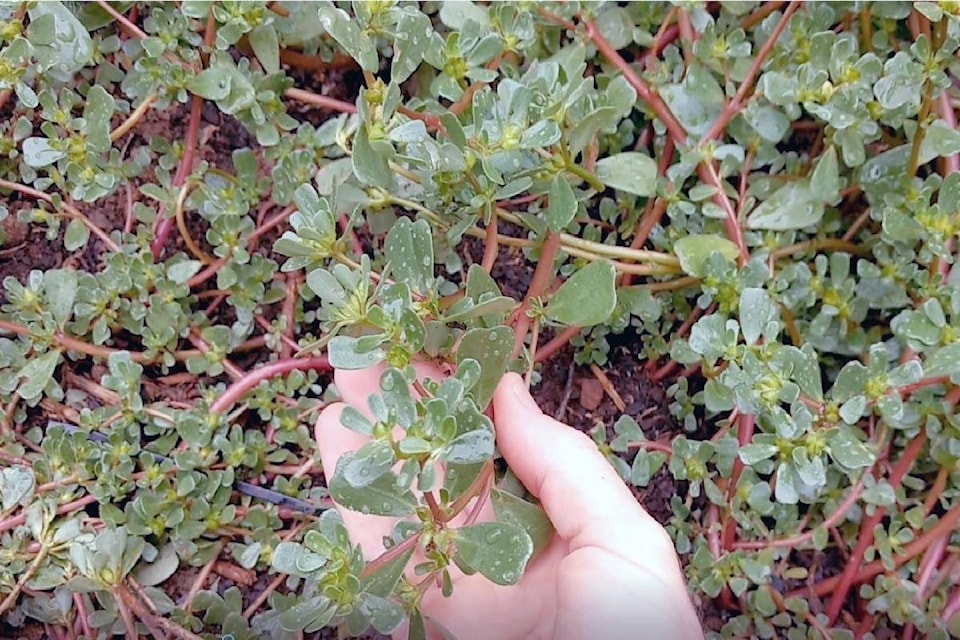Sometimes I get magazines from friends and put them aside with the intention of looking at them in my spare time. This week I came upon a few of them from 2014 and before recycling them I took a look and found some interesting articles.
Pictures of fruits and vegetables always get my attention and here are some of my finds. Calm inducer: to sidestep tension, irritability and jangled nerves, munch on a sweet, tart plum. Energizer: chasing away tiredness can be as easy as snacking on strawberries. Canadian scientists say this delivers an instant boost to muscle and brain cells, and the invigoration effects last for hours. (Don’t know how many you have to munch on).
Snacking on apricots can help you stay sharp. Their unique blend of nutrients (including beta-carotene and zeaxanthin) boosts the production of the focus-enhancing neurotransmitter dopamine, say Yale University doctors. This improves your ability to concentrate for up to two hours per fruit. (My concentration should be good for the next month)
Garlic: no need to toss your garlic when it sprouts green shoots: Korean scientists report that older garlic has up to 46 per cent more antioxidant activity than fresh bulbs. The reason: when seeds sprout, they produce more phytoalexins, anti-oxidant chemicals that prevent the free-radical damage that can lead to heart disease, says study author Jong-Sang Kim, PH. D. Sprouted garlic is safe to eat and cooks the same as fresh.
The saying of “stop and smell the roses” must have something to it. Neurologists at the Smell & Taste Treatment and Research Foundation in Chicago say roses’ aromatic oils stimulate the decision-making, problem-solving part of your brain (the cerebral cortex). This will help you feel more alert and sharp. Copied from the internet: Granada Hybrid Tea Rose. This rose is a perfect combination of beauty and fragrance. Its blooms are a colourful blend of rose, orange, nasturtium-red, and lemon yellow; and its bouquet is a lovely marriage of damask and spice. I have such a rose in the garden and even in the heat of the day, it is still fragrant, and I do take time to smell it often.
Ever had weeds in your gardens that you put in the compost? Some of them are fitting for a place on your plate. https://www.nutrition-and-you.com/purslane.html
This wonderful green leafy vegetable is very low in calories and fats; It is rich in dietary fibre, vitamins, and minerals. Fresh leaves contain surprisingly more omega-3 fatty acids than any other leafy vegetable plant. It is an excellent source of Vitamin-A, one of the highest among green leafy vegetables. Vitamin-A is a known powerful natural antioxidant and an essential vitamin for vision. Purslane is also a rich source of vitamin-C, and some B-complex vitamins like riboflavin, niacin, pyridoxine and carotenoids, as well as dietary minerals, such as iron, magnesium, calcium, potassium, and manganese.
The stems and flower buds are also edible. Trim the tough stems near roots using a sharp knife. Cook under low temperature for a shorter period in order to preserve the majority of nutrients. Fresh, raw leaves can be used as salad and as vegetable juice. Sautéed and gently stewed stems and leaves are served as a side dish with fish and poultry. It has also been used in soup and curry preparations and eaten with rice. Stir-fried and mixed with other like-minded greens such as spinach and vegetables, it makes favourite dishes.
Anybody ever said: “You can’t have your weeds and eat them too?”
For more information contact 250-558-4556 jocelynesewell@gmail.com
